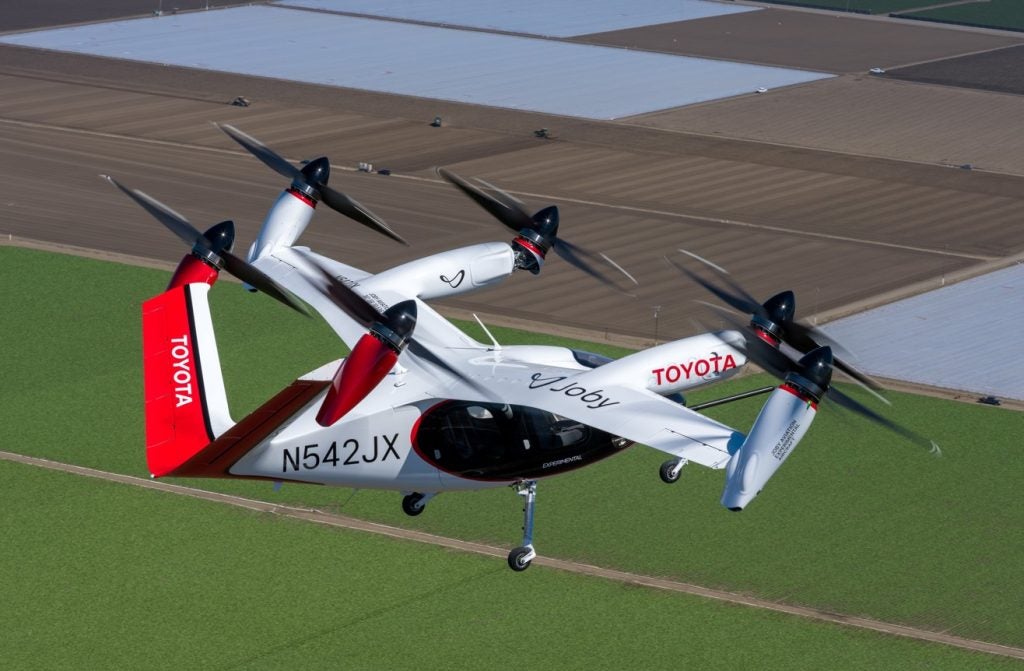 Increased OEM purchasing power stemming from consolidation within the automotive industry, combined with their stringent cost cutting measures means European technical textile producers are really feeling the squeeze. Fibre manufacturers have had to cut prices and operate at reduced margins to remain competitive a new study from international market consultants Frost & Sullivan reveals.
Increased OEM purchasing power stemming from consolidation within the automotive industry, combined with their stringent cost cutting measures means European technical textile producers are really feeling the squeeze. Fibre manufacturers have had to cut prices and operate at reduced margins to remain competitive a new study from international market consultants Frost & Sullivan reveals.
The study, focussing on the European market for technical textiles used in airbags, seat belts, carpets, seat upholstery and tyres forecasts a compound annual growth rate of 1.6% from 2001 – 2008 and predicts that the market will be worth $1.18 billion by 2008. Growth since 1998 has been slow, at less than 1% annually.
The market is necessarily heavily dependent on car production, which has stabilised at around 15.2 million per annum, and with the notable exception of tyres, there is a negligible replacement market. This means that most market segments are mature, with limited potential for greatly increased revenues. The main growth area within the market is airbags, where demand from automotive manufacturers is strong. The average number of airbags fitted in new cars is rising steadily and the commercial realisation of product innovations in this segment, including pedestrian protection airbags and floor airbags, should ensure that demand continues to rise.
“Accounting for 9% of fibre consumption by automotive manufacturers in 2001, airbags are forecast to represent 14% of the market by 2008. “ |
Tyres represent the largest market segment, accounting for 44% of tonnage in 2001, with around two-thirds of this volume represented by the replacement tyre market. Volumes have been advancing slowly in recent years, both in line with a small increase in European tyre production, and also due to a slight increase in textile usage per tyre. Although tyre production is expected to stabilise at 280-290 million units annually, the amount of textile used per tyre is expected to increase gradually, which should ensure that tyre cord consumption continues to rise slowly.
The report also analyses the market according to fibre type, covering polyester, polyamide, polypropylene, rayon and aramid. Polyester proves to be the most versatile, and is used in most application areas. In 2001, this fibre type accounted for 42% of total consumption. Demand for polyamide, however, is expanding the most rapidly, fuelled by growing consumption from the airbag industry. Consequently, its market share is forecast to grow from 26% to 29% between 2001 and 2008. Specialist fibres such as aramid are also the focus of increased interest, although their high price mitigates against extensive use in an industry where price-consciousness prevails. In 2001, less than 1% of all technical textiles used in automotive applications were attributable to aramid.
How well do you really know your competitors?
Access the most comprehensive Company Profiles on the market, powered by GlobalData. Save hours of research. Gain competitive edge.

Thank you!
Your download email will arrive shortly
Not ready to buy yet? Download a free sample
We are confident about the unique quality of our Company Profiles. However, we want you to make the most beneficial decision for your business, so we offer a free sample that you can download by submitting the below form
By GlobalData
|
Emma Smith, Research Analyst with Frost & Sullivan said: “All segments of the technical textiles market are under increasing price pressure, which is exacerbated by overcapacity in the fibre production industry and the threat of Asian imports. Combined with this, we have the ever-increasing pressures on manufacturers to reduce the weight of textiles – currently around 11kg per motor car, to aid fuel efficiency, to make fibres recyclable and to improve their safety. It seems that they will need to make considerable investments in the research and development of new fibres at a time when there is no margin left in the industry”
Companies have responded by enforcing divestments, mergers, acquisitions and joint ventures in order to focus on key business areas and by cutting jobs. However, it is not all bad news for the manufacturers. The report reveals that
“..automotive component manufacturers are unlikely to move to using imported products owing to their perceived lower quality, delivery speed concerns and partnerships with existing suppliers on R&D issues. “ |
automotive component manufacturers are unlikely to move to using imported products owing to their perceived lower quality, delivery speed concerns and partnerships with existing suppliers on R&D issues.
The market favours large players, who have the capacity to serve influential end-users high volumes at short notice, and which have the economies of scale to offer price competitive products. As a consequence, the number of fibre manufacturers operating in the market is comparatively low, at around 20 across all segments in 2001. New entry is difficult, requiring significant investment in manufacturing capabilities as well as innovation. In addition, establishing strong relationships with customers is key, since the main textile purchasers are themselves large corporations, with significant purchasing power.






